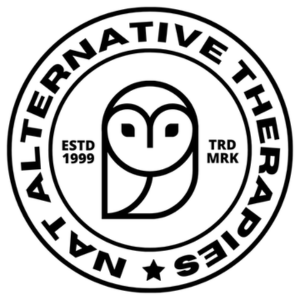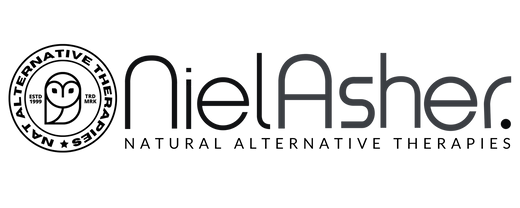Correct Techniques for Stretching the Hip Adductors
Description of the Leg Out Adductor Stretch
The Leg Out Adductor Stretch is a flexibility exercise designed to target and lengthen the muscles of the inner thigh, known as the adductors. This stretch involves sitting on the floor with one leg extended out to the side and the other leg bent, and then leaning towards the extended leg to feel a stretch in the inner thigh. The Leg Out Adductor Stretch is particularly beneficial for individuals looking to improve flexibility, enhance range of motion, and reduce muscle tension in the adductors.
Refer to the demonstration video above for detailed instructions on how to perform the Leg Out Adductor Stretch.
Muscles Activated During the Leg Out Adductor Stretch
The primary muscles targeted during the Leg Out Adductor Stretch include the adductors and other muscles of the inner thigh. These include:
-
Adductor Longus:
- This muscle runs along the inner thigh and is heavily engaged during the stretch.
- Function: Hip adduction and flexion.
-
Adductor Magnus:
- This large muscle is a primary target during the stretch.
- Function: Hip adduction, flexion, and extension.
-
Adductor Brevis:
- This smaller adductor muscle assists in the stretching movement.
- Function: Hip adduction and flexion.
-
Gracilis:
- This muscle runs along the inner thigh and is engaged during the stretch.
- Function: Hip adduction and knee flexion.
-
Pectineus:
- This muscle assists in hip adduction and flexion.
- Function: Hip adduction and flexion.
Benefits of the Leg Out Adductor Stretch
- Improves Flexibility: Regularly performing this stretch helps increase the flexibility of the adductors and inner thigh muscles, reducing the risk of injury.
- Reduces Muscle Tension: This stretch can help alleviate tightness and tension in the inner thighs, especially after lower body workouts.
- Enhances Range of Motion: Stretching the adductor muscles improves overall hip mobility and function.
- Improves Posture: Stretching the inner thigh muscles can help correct imbalances and improve overall posture.
- Prevents Injuries: Incorporating the Leg Out Adductor Stretch into your routine can help prevent lower body injuries by maintaining tissue elasticity and joint health.
- Promotes Recovery: Stretching after physical activity can aid in muscle recovery and reduce post-exercise soreness.
Tips for Optimal Performance
- Maintain Proper Form: Ensure your movements are controlled and deliberate, keeping your back straight and core engaged throughout the exercise.
- Use Gentle Pressure: Apply gentle pressure when stretching to avoid discomfort or pain while performing the exercise.
- Breathe Deeply: Practice deep, even breathing to enhance relaxation and effectiveness of the stretch.
- Stretch Slowly: Move slowly and hold each stretch for an adequate amount of time to ensure thorough and effective stretching.
- Keep the Extended Leg Straight: Ensure that your extended leg remains straight and toes pointed upwards to maximize the effectiveness of the stretch.
- Avoid Overstretching: Only lean as far as comfortable to avoid overstretching and potential injury.
Contraindications and Cautions
While the Leg Out Adductor Stretch is generally safe, it is important to approach it with common sense and heed the following cautions:
- Avoid Stretching When in Pain: Do not perform this exercise if you are experiencing severe pain or if you have an acute injury in the inner thigh, hips, or lower back. Always seek professional medical advice before starting or continuing with exercises if you have any concerns.
- Start Gently: Begin with light pressure and gradually increase as tolerated to avoid overstressing the tissues.
- Listen to Your Body: Pay attention to how your body feels during and after the stretch. If you experience any discomfort, stop immediately and consult a healthcare provider.
- Seek Professional Guidance: If you are new to this exercise or have any health conditions, consider consulting a physical therapist or fitness professional to ensure you are performing the exercise correctly and safely.
Disclaimer
The information provided in this article is for educational purposes only and is not intended as a substitute for professional medical advice, diagnosis, or treatment. Always seek the advice of your physician or other qualified health providers with any questions you may have regarding a medical condition or exercise program. Never disregard professional medical advice or delay in seeking it because of something you have read in this article.
References
- American Council on Exercise. (n.d.). Lower Body Stretching Exercises.
- Healthline. (2021). Adductor Stretch: Benefits and How to Do It.
- National Academy of Sports Medicine. (2021). Flexibility Exercises for the Lower Body.
- Mayo Clinic. (2021). Exercises for Lower Body Flexibility.
- Cleveland Clinic. (2021). Benefits of Stretching Exercises.

The Gold Standard in Continuing Education and Online Training
Massage Therapy, Sports Massage, Strength and Conditioning, Stretching, Mobilisation and Manipulation, Cranio-Sacral Therapy, IMS Dry Needling, Acupuncture, Acupressure, Trigger Point Therapy, IASTM, Resistance Training, Bowen Therapy, Vestibular Rehabilitation Therapy, Podiatry, Oncology Massage, Sports Nutrition, Traditional Chinese Medicine, Somatic Therapy, Prenatal Bodywork and Massage, Anatomy, Biomechanics, Clinical Reasoning, Pilates, and Yoga.



















